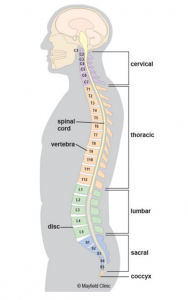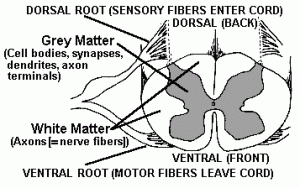Dr. Sergio Canavero of the Turin Advanced Neuromodulation Group (TANG) in Italy, is confident that he will be able to perform the worlds first ever head transplant. Set to occur in late 2017, Valery Spiridonov has volunteered to be the first person to undergo a head transplant. Mr. Spiridonov suffers from Werdnig-Hoffmann disease, a rare form of spinal muscular atrophy which is characterized by wasting of voluntary muscle. The success of this operation would allow Mr. Spiridonov to regain full muscular control.
In a paper published earlier this month, Dr. Canavero explains the steps for a successful transplant. The procedure would take a team of 150 medical professionals approximately 36 hours, and would begin by lowering the temperatures of the donor head and body to about 16 degrees Celsius to prevent cell death. The neck would then be cut, the arteries and veins connected by tubes and the spinal cord severed. A sharp cut- equated to a spinal cord injury is made between the C5 and C6 vertebrae. The head is then placed on the body and the spinal cords connected using polyethylene glycol (PEG), which fuses neuronal cell membranes. The remaining muscles and organs will be fused together and the skin stitched up.

Numbering of human vertebrae. For head transplant, the cut will be made between the C5 and C6 vertebrae. Image courtesy of Mayfield Brain and Spine.
A head transplant was performed on mice and “the near-miraculous properties of PEG” provided recovery periods as short as 4 weeks (Ye et al. 2016). Dr. Canavero emphasizes the importance of the sharp spinal cord severance claiming that it will inflict “minimal damage to both the axons in the white matter and the neurons in the gray laminae” both of which are essential for survival post operation and for regaining voluntary muscle control.

Grey and white matter of the human vertebrae. With a precise cut, minimal damage will be inflicted, resulting in a successful recovery. Image courtesy of Indiana State University.
The idea may seem far fetched but Dr. Canavero and his team are determined to accomplish this feat by the end of 2017. In the meantime, extensive cadaveric rehearsals and animal trials are being performed.
-Scarlett Liaifer
